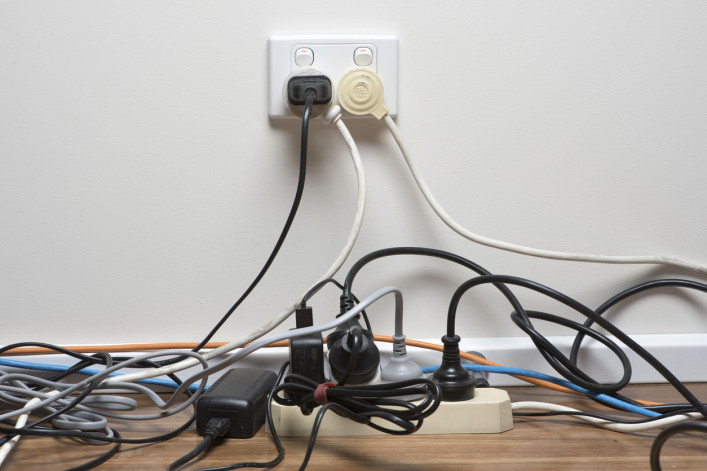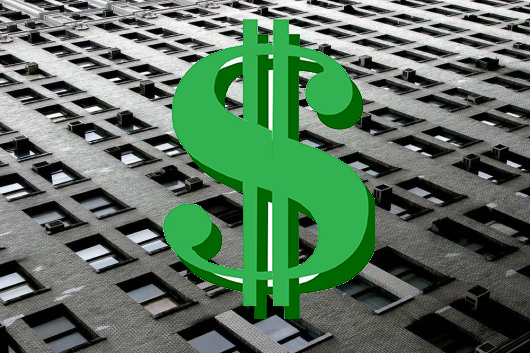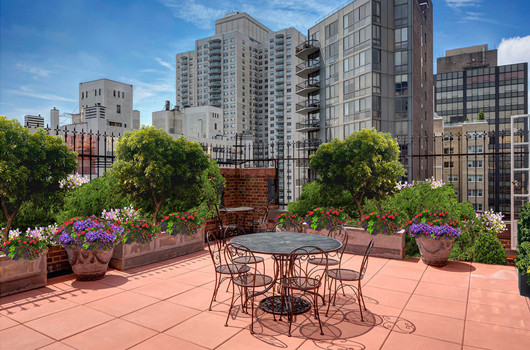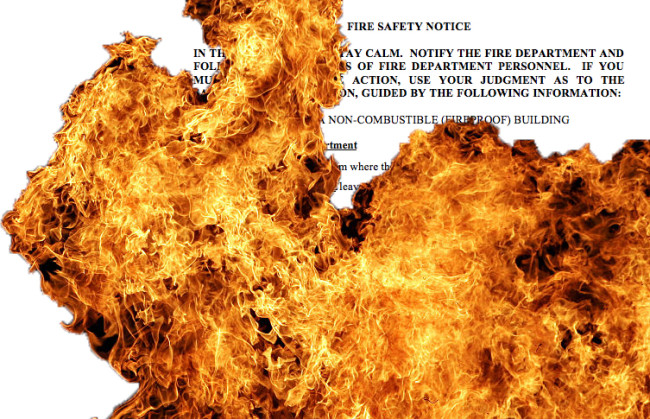How to tell if your electrical outlets are a fire hazard

iStock
New York City apartments, especially old-school prewars, don't always have enough outlets in every room. So what's an overloaded outlet or two, right? It's tempting, and so much easier, to set up a haphazard wiring situation, but it's best not to get chancy with decisions that could, potentially, burn down your apartment (or your neighbor's).
Here's what you can probably get away with when it comes to power (over)use, and how to know when you're using too much:
Plan ahead
If you're looking to buy an apartment, keep an eye on the outlets as a potential added renovation cost. If each room only has one or two outlets and you want to add more, things could get pricey.
Ghassan Fattouh, an electrician, tells us that each "dedicated line"—which can support three or four outlets, about the amount you'd want in a given room—costs between $700 to $1,000 to install, depending on how far it is from the circuit breaker in your apartment. If you're handy, Apartment Therapy has a guide to adding new outlets yourselves, but we'd rather not DIY this home repair.
For renters, unfortunately, you're more or less between a rock and a hard place when it comes to adding outlets.
"If the wiring complied to code when it was installed, the landlord almost never has an obligation to upgrade," says real estate attorney Dean Roberts of Norris, McLaughlin & Marcus. "In other words, tenants aren't entitled to a set amount of electrical current."
Add outlets to your checklist of things to look for in an apartment, and think about how many you realistically need in your day-to-day. Unless the rent happens to be as low as the outlet count and you're willing to compromise on your appliance use in exchange for a cheap place to live, be ready to say goodbye to outlet-deficient apartments.
Play a numbers game (the right way)
The sight of too many appliances piggybacked onto a lone outlet is always worrisome, but what you really need to keep an eye on is amp usage, not the sheer number of appliances in use. As a rule, the appliances you plug in should use slightly less electrical current than the outlet's full capacity. If the outlet accommodates 15 amps, don't use appliances that add up to more than 12, Fattouh says, and if it goes up to 20 amps, try not to use more than around 16.
Most standard outlets you'll find in an apartment support 15 amps. If you're unsure, check out Home Depot's visual guide to different outlet types, or check with your super. And when in doubt with your appliances, the instruction manual or box should tell you its level of power usage. Which brings us to our next point...

Mind the AC
"An air conditioner almost always needs its own line," Fattouh says. Even a small, standard window unit will generally take up 7.5 amps, and is safest if given an entire outlet to itself, according to the Department of Energy's guidelines. In other words, if you're planning to add a power strip or an extension cord to the room, do it on a different outlet than the one that controls your AC to avoid a power surge.
The same rule goes for other large-current appliances including refrigerators, space heaters, and washer-dryers. All of these need to plug directly into an outlet, too, rather than any kind of extension cord. The fire department's outlet safety guide notes that their high power usage can "generate increased heat in the cord, causing it to overheat, melt, or ignite."
Get the right tools
If you do need a power strip or an extension cord somewhere in the house, treat it carefully, and make sure you're buying something safe and high quality. The FDNY guide notes that you should always look for extension cords, surge protectors, and power strips with the Underwriters Laboratories mark, shown below, which means that a product has been safety tested.

In particular, look out for counterfeit extension cords, which have less copper wiring than their certified counterparts, and can handle far less power. If it costs 99 cents, it's likely a fake, according to the FDNY. Lifehacker also has a guide to quality surge protectors and extension cords, if you're in the market.
Lastly, keep all your extras safe: don't let cords get pinched against the wall by furniture—this kind of thing happens when a cord gets bent by, say, a bed pressing it up against the wall. This very thing caused a fatal fire in Williamsburg several years ago. If you avoid pinches, as well as running extension cords near rugs, hanging them from nails, or putting them anywhere where they might get wet, you should be able to rest easy in your air conditioning.
If, in spite of your best efforts, you still end up with an electrical fire on your hands, standard apartment insurance will cover the damage.
"There's no exclusion for foolishness or accidental negligence," says apartment insurance broker Jeff Schneider of Gotham Brokerage, a Brick Underground sponsor. "If there were, most things wouldn't be covered."
Cold comfort, but worth keeping in mind.
[This story first ran in 2014, and was updated in September 2017.]
You Might Also Like





























